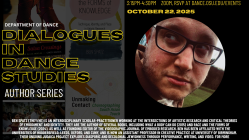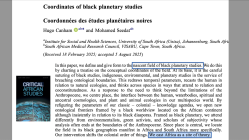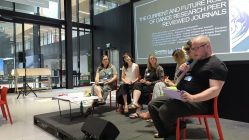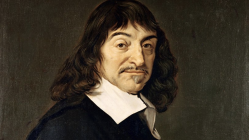Duration: 1:59
Project: Judaica
Song: Yearning Tune (Hassidic Tunes)
Practitioner: Ben Spatz
Director: Agnieszka Mendel
Videography: Nazlıhan Eda Erçin
Date: 10 May 2017
Venue: Centre for Psychophysical Performance Research
Source File: J012-S
COMMENTARY
Ben
Martin Buber introduces the concept of hitlahavut at the beginning of his book The Legend of the Baal-Shem: ‘Hitlahavut is “the burning”, the ardour of ecstasy. A fiery sword guards the way to the tree of life. It scatters into sparks before the touch of hitlahavut, whose light finger is more powerful than it. To hitlahavut the path is open, and all bounds sink before its boundless step. The world is no longer its place: it is the place of the world.’ I appreciate Buber’s suggestion that one can begin a spiritual journey directly through hitlahavut or ecstasy. Many spiritual teachings treat ecstasy as a goal to be achieved after much work. First discipline and labour and humility, then perhaps finally some ecstatic release will be achieved. Buber’s Hasidism starts with the flame of ecstasy. This reflects my understanding of studio practice and what I try to offer in workshops. I am interested in the motivation for effort, the seed of joy that allows one to hunger for discipline.
Agnieszka
The configuration of the roles is as follows:
Ben being a practitioner, Agnieszka – director, Eda – videographer.
Director’s hint:
A pond.
Covered with ice.
Underneath the frozen surface there are people. Sleeping.
Your song has a magical power of melting the ice and making the blood of the fossilized people circulate again. Using this song and your dance you have the power to bring this people to life.
Wake them up, warm them up and help them to get out of the lake.
The only source of the life-generating energy is your vibrant vigorous song and dance.
Your work is fruitful – more and more of them are appearing around. But there is still many to be saved.
Director’s thought:
The Talmud mentions stories of rabbis who successfully revive the dead by appealing to God. How would the enactment of such a ritual look like?
Eda
Prior to this session, I have not come across with the concept of hitlahavut. While we are naming the video which I recorded and later selected, Ben introduces the concept which explains why I kept the camera on at that moment, stayed focused and slowly zoomed in. In the video, Ben is demonstrating a genuine state of intensity and energy which reproduces itself as he voices the tune ceaselessly. Agnieszka holds the space with him by setting a scene with explicit imaginary elements such as water, ice and frozen people. (The same narrative-based imaginary elements are used in subsequent work and generate a distinct quality of partner work.)
Agnieszka speaks over Ben’s singing like a storyteller repeating the components of this unique world. It is hard to understand what it is exactly that Ben is responding with his accelerated action and singing. Is it the director’s proposed narrative? Or is it a personal association that he is responding to? Or is it simply an unstoppable physical urge that gives rise to his response? What is the role of story in the songwork? Do stories always motivate us? What else motivates us? How (and when) can a practitioner find the motive or reason which potentially leads into exhaustion? What is behind the need to seek for exhaustion in creative action?







[…] 10 May 2017 generating hitlahavut […]
[…] Tune’ in the studio, I didn’t know the song very well. I immediately invented a melodic variation which is not in the song but which generated a resonant physical action and which for me fits the […]